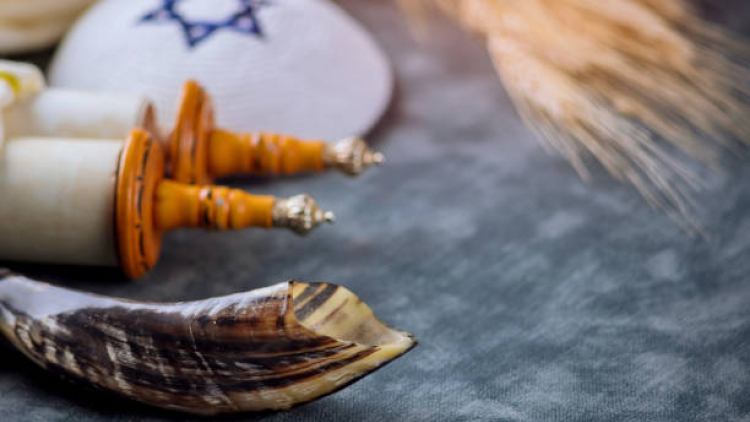JUDAISM | Yom Kippur
In Hebrew, Yom Kippur literally means ‘Day of Atonement,’ and it is one of the most important festivals in the Jewish calendar. It is observed on the tenth day of the lunar month of Tishri, which is nine days after the first day of Rosh Hashanah. Its observance is commanded up to three times in the Torah.
Although we may talk of it as a festivity, Yom Kippur is not festive or joyous in character but rather commemorative and solemn. It is a day of fasting in which austerity, reflection, remorse and, above all, forgiveness are practised. Yom Kippur commemorates the time that God forgave the Jewish people for idolising the Golden Calf and mercifully bestowed Moses with a new law. It is only in this sense that we can really speak of Yom Kippur as a festivity.
Yom Kippur is one of the days of the year when the most prayers are recited and when the synagogue is most full. There are readings of religious poems (Avodah piyyutim), confessional texts (Viddui), prayers of remorse (selihot) and special attention is placed on the reading of the Book of Jonah.
SYMBOLISM OF YOM KIPPUR
The forgiveness of sins is also the restoration of harmony and social cohesion. It is for this reason that Yom Kippur is also a day that consciously reinforces the group identity of the Jewish people.
Here, forgiveness is viewed as purification. According to Jewish tradition, fasting and ascetic behaviour during Yom Kippur are an expression of abstinence from all that is mundane and superfluous, and they also facilitate the remembrance (zakor) of our original nature. Maimonides pointed out that one of the virtues of fasting was the fact that it promoted concentration and took us away from everything that distracts us from the essential.
Jewish people believe that the forgiveness of sins guarantees a person’s spiritual prosperity and improves their destiny. For this reason, Yom Kippur is presented as the end of the cycle of ten days that begins with Rosh Hashanah, which is when, according to tradition, God created humankind.

